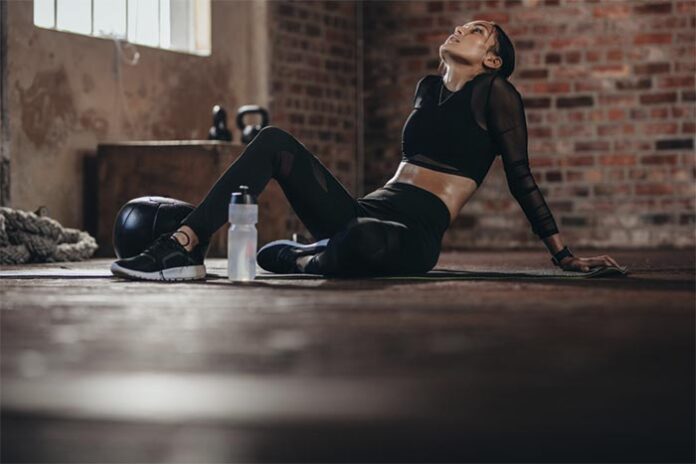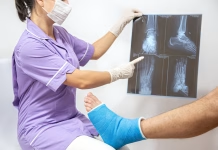Whether you are a professional or a casual gym visitor you probably have a thing or two to worry about. Just kidding you have a ton of things you need to consider if you want to achieve all your goals, but muscle recovery and relaxation are probably the most annoying ones out there.
If you are working out heavily and if you are on deadline or strict goals, you will probably make one or two mistakes in the process and lead yourself to problems with your muscles. Our body is built to absorb only a certain amount of pain and suffering before it decides to give up on us, and most of the gym guys and girls know that. To keep your body, muscles and mind in check you have to set some ground rules. Going all out when working out is out of the question.
If you don’t want to be sore in the morning, or the next few days, with more bad than good achieved, you have to pace yourself. The soreness after a workout comes thanks to microscopic tears in muscle fibers that are a product of stimulus training or just a novel stimulus in general. Having too much of this type of soreness can hinder you down and negatively impact your training. To avoid that here is what you need to do to enhance muscle recovery and relaxation after every workout.
Self-myofascial relief (foam rolling)
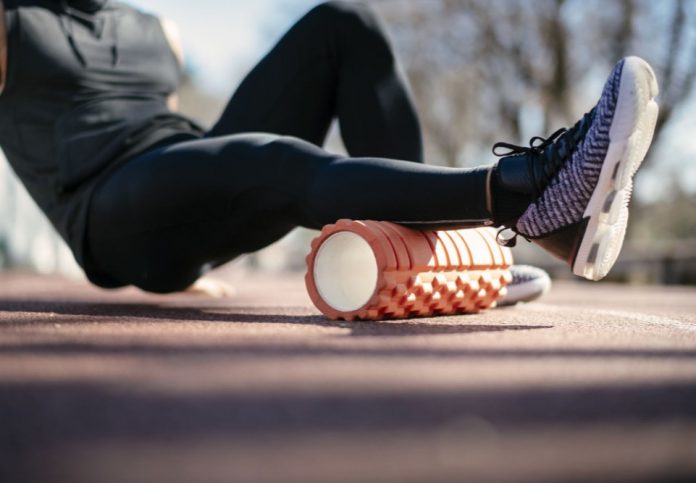
This type of post-workout exercise is most commonly done in a form of foam rolling and it has become really popular these past years. It has several positive effects and one of those is improving mobility, besides the obvious aid in reducing muscle soreness.
Researchers are still on the hunt for more data but 3 out of 4 studies have shown that foam rolling does indeed have a positive effect on the reduction of sore muscles. It also enhances muscle recovery which is directly tied to an increase in workout performance the next day.
It is advised to do a foam rolling session right after the workout and you should do it for around 10 minutes and you should highly concentrate on the muscle group you worked on that day. For some foam rolling done a few hours after the workout achieved the same muscle relaxation and recovery so see what suits you the best and stick with it.
Active recovery
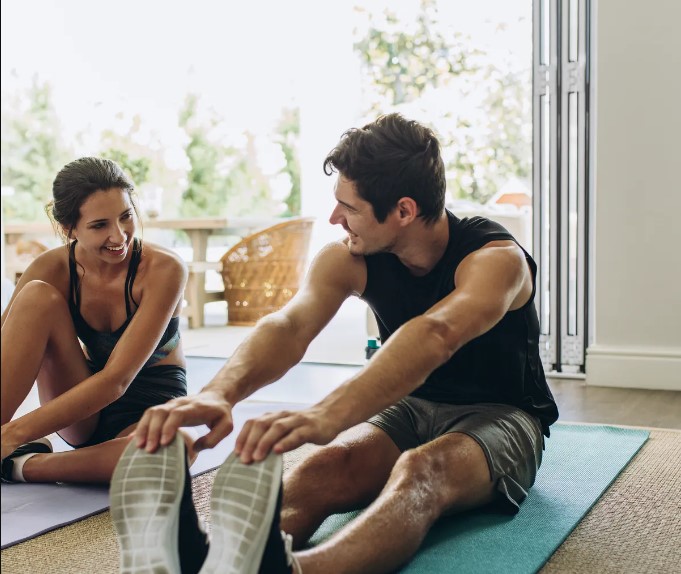
Another thing you can do to achieve the same effect is to incorporate active recovery. Active recovery means you have to include cooldowns, low-intensity exercises and so on. This is another thing that is highly researched and looked into, and studies that have finished show that active recovery performed immediately after or within days following reduced muscle soreness more no active recovery was used.
To best implement this into your workout session you should perform 5 to 10 minutes of active recovery or cool down after your workout especially if you are doing leg workouts. A good thing is that you can combine this with foam rolling as well to achieve a better result. Just remember active recovery works best when you use a low-intensity exercise that activates the muscles you worked on.
Supplements
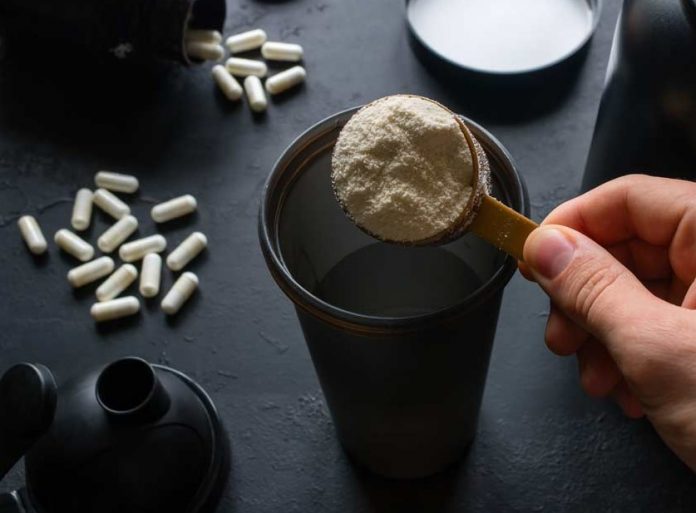
Whenever anyone is discussing gym and working out there are some talks about certain supplements as well. Now, this shouldn’t be of any concern or worry because supplements, when picked and used correctly, go hand in hand with working out. Several supplements on the market strongly advertise that they can reduce muscle soreness and enhance muscle recovery, but to be honest, research is still inconclusive on that matter.
The only research that, at least for now, looks promising is behind Omega 3. Recent studies have confirmed that Omega 3 improves anabolic signalling which may improve muscle repair and muscle growth. Another research has confirmed that supplementation of roughly 1-3 g per day of Omega 3 significantly reduces delayed onset muscle soreness. Having a few high-quality Omega 3 fish oil pills as well as increasing your fish intake looks to be another viable way of reducing these muscle problems.
Ease into your workout

Besides all these things that we listed here, this one probably will have the best and the biggest impact on avoiding these muscle problems. We all know that going in hard in your program means that you will have a good session and that you will release all the bad and negative energy out with positive effects on your body, but you will also stress your muscles to the max and cause them to be sore and painful tomorrow or the next few days.
Every decent workout trainer will tell you one thing and that is without consideration to are a pro or a casual gym member – ease into your workout session. If you listen to this advice you will give yourself the best chance to reduce the muscle soreness and you will have a lot easier job in relaxing those groups of muscles after the exercise.
Whether you are new to a gym or new to a certain workout program the best advice is to take time and ease into it. Workout in volumes and intensities that are lower than you normally would prevent excessive soreness.
To sum up, everything we spoke of, you really should utilize the foam rolling techniques on muscle groups that you worked on that session and you should do it after the workout. Active recovery should also be incorporated with the foam rolling to achieve the best possible results, especially if you are on the deadline.
As for the supplements side, we advise you to hold off experimenting on many of these found in the shops and try with the good old Omega 3 fish oil and increase the fish intake all together to increase the effect on your muscle repair and growth. Finally, the best thing you can do is take it easy and ease your body into every new program you can.
Increase the difficulty and intensity as you go and as you feel your muscles have gained with the program. If all else fails there is always exogun.com that has proven to be a great fighter against muscle soreness and that helped relax stiff muscles.
